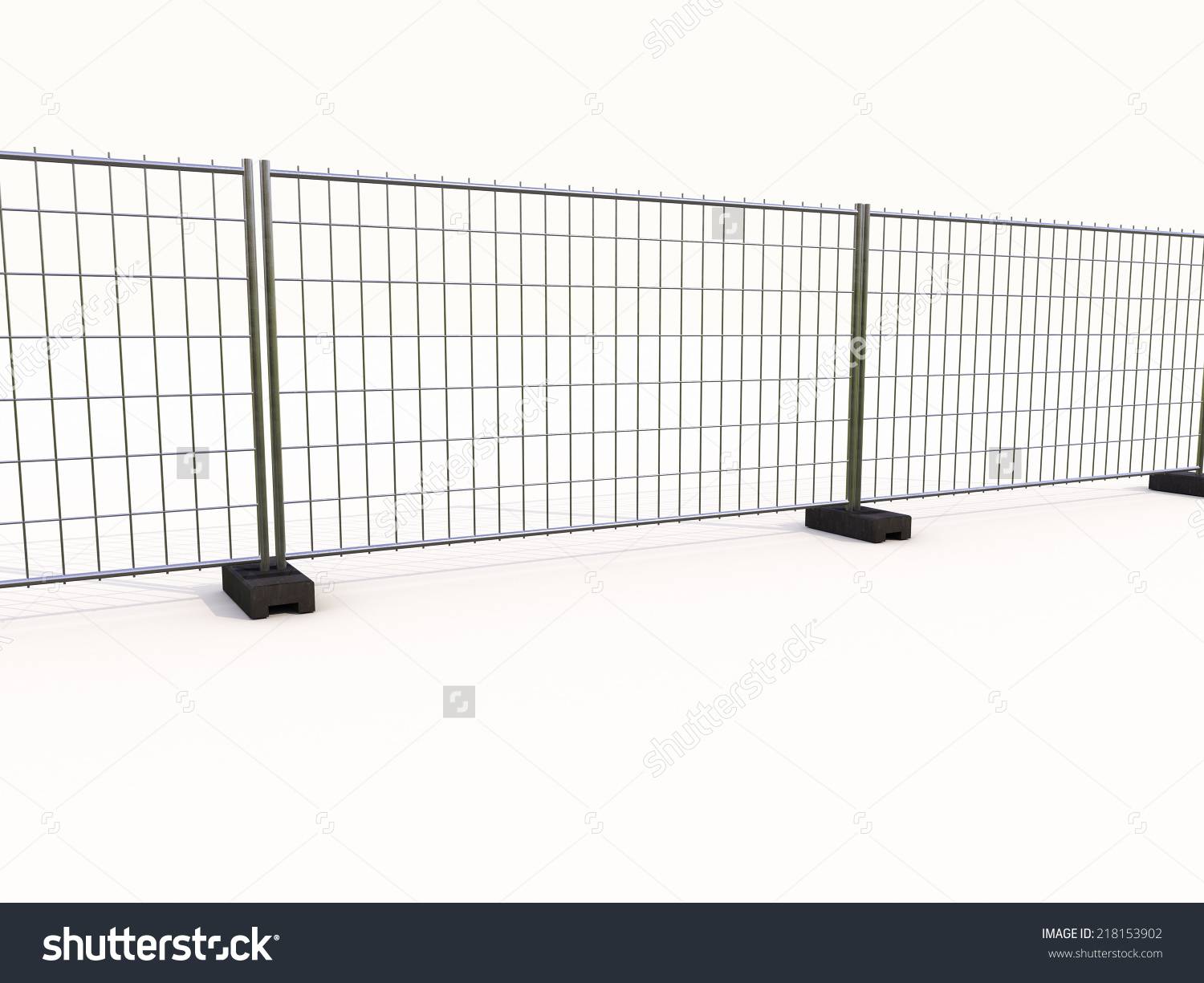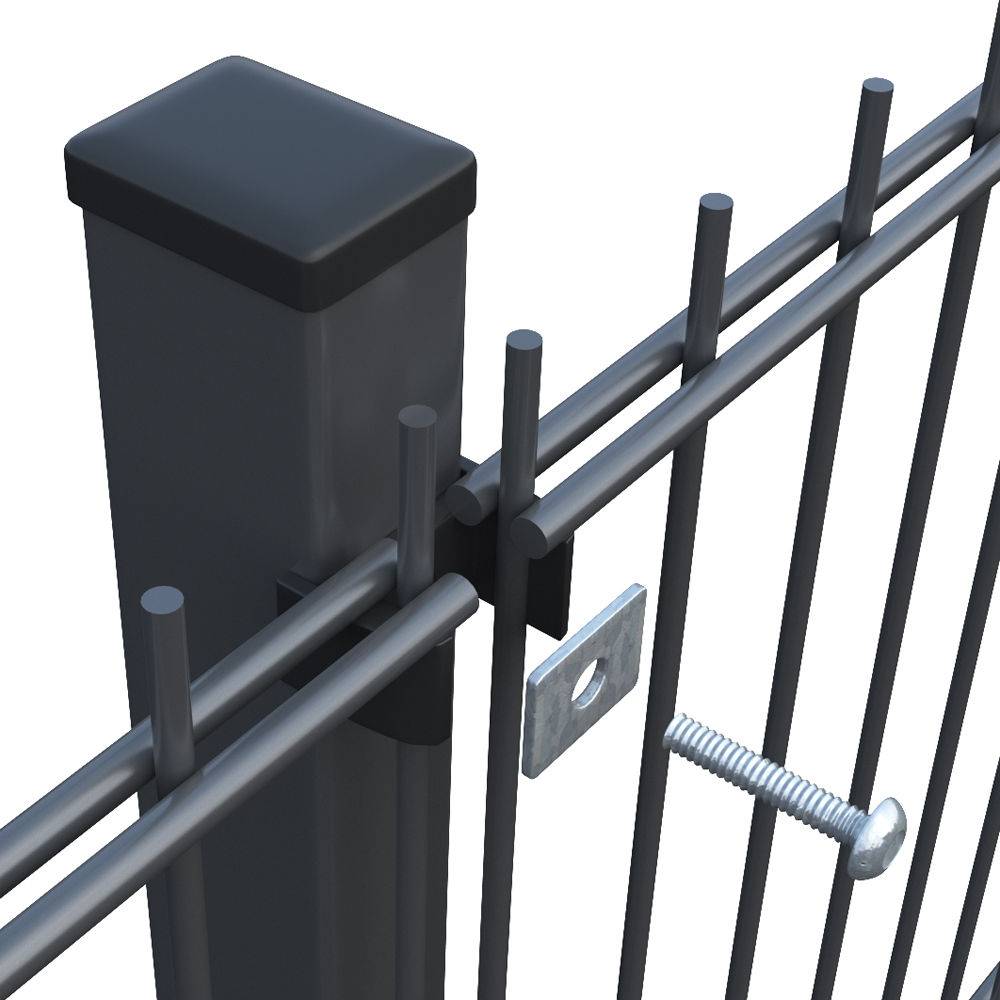

- Afrikaans
- Albanian
- Amharic
- Arabic
- Armenian
- Azerbaijani
- Basque
- Belarusian
- Bengali
- Bosnian
- Bulgarian
- Catalan
- Cebuano
- China
- China (Taiwan)
- Corsican
- Croatian
- Czech
- Danish
- Dutch
- English
- Esperanto
- Estonian
- Finnish
- French
- Frisian
- Galician
- Georgian
- German
- Greek
- Gujarati
- Haitian Creole
- hausa
- hawaiian
- Hebrew
- Hindi
- Miao
- Hungarian
- Icelandic
- igbo
- Indonesian
- irish
- Italian
- Japanese
- Javanese
- Kannada
- kazakh
- Khmer
- Rwandese
- Korean
- Kurdish
- Kyrgyz
- Lao
- Latin
- Latvian
- Lithuanian
- Luxembourgish
- Macedonian
- Malgashi
- Malay
- Malayalam
- Maltese
- Maori
- Marathi
- Mongolian
- Myanmar
- Nepali
- Norwegian
- Norwegian
- Occitan
- Pashto
- Persian
- Polish
- Portuguese
- Punjabi
- Romanian
- Russian
- Samoan
- Scottish Gaelic
- Serbian
- Sesotho
- Shona
- Sindhi
- Sinhala
- Slovak
- Slovenian
- Somali
- Spanish
- Sundanese
- Swahili
- Swedish
- Tagalog
- Tajik
- Tamil
- Tatar
- Telugu
- Thai
- Turkish
- Turkmen
- Ukrainian
- Urdu
- Uighur
- Uzbek
- Vietnamese
- Welsh
- Bantu
- Yiddish
- Yoruba

Construction Barricades for Safety & Compliance Type 3 Barriers
- Overview of construction barricades and their importance in safety protocols
- Technical advantages of modern barricade systems
- Comparative analysis of leading barricade manufacturers
- Impact of material innovation on barricade durability
- Customization options for specialized project requirements
- Case studies demonstrating effective barricade deployment
- Future trends and regulatory considerations for construction barricades
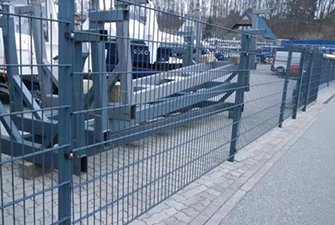
(barricade for construction)
Understanding the Role of Barricades in Construction Safety
Construction barricades serve as critical tools for maintaining safety and order on job sites. These barriers not only prevent unauthorized access but also mitigate risks associated with heavy machinery, debris, and public interaction. According to OSHA reports, over 34% of construction site incidents could be avoided with proper barricade systems. Modern barricade construction integrates high-visibility materials, modular designs, and compliance with ASTM F2656 standards to ensure maximum protection.
Technical Superiority in Barrier Systems
Advanced engineering has transformed traditional barricades into multifunctional safety solutions. Key innovations include:
- Lightweight yet durable polyethylene blends (tested up to 2,500 lbs compressive strength)
- 360-degree reflective panels for low-light visibility (meeting MUTCD Chapter 6F.63)
- Interlocking mechanisms allowing rapid deployment/reconfiguration
Independent testing by UL Solutions shows these systems withstand wind speeds exceeding 75 mph, outperforming wooden or metal alternatives by 40% in durability tests.
Manufacturer Performance Comparison
| Brand | Base Material | Height (in) | Weight Capacity | Warranty |
|---|---|---|---|---|
| BarriSafe Pro | HDPE + Fiberglass | 42 | 3,200 lbs | 5 years |
| SteelGuard X7 | Galvanized Steel | 38 | 2,800 lbs | 3 years |
| PolyZone T3 | Reinforced Polyethylene | 40 | 2,950 lbs | 4 years |
Material Advancements Driving Longevity
Recent developments in polymer technology have extended barricade lifespans by 60-70% compared to 2018 models. UV-stabilized additives prevent color fading, while anti-graffiti coatings reduce maintenance costs by $18-$22 per unit annually. Third-party accelerated aging tests simulate 10 years of weather exposure with less than 5% structural degradation.
Tailored Solutions for Complex Projects
Specialized configurations address unique challenges:
- Retractable barrier walls for pedestrian-dense urban sites
- Water-filled bases for temporary highway applications
- RFID-enabled smart barriers integrating with site security systems
Custom fabrication typically achieves ROI within 14-18 months through reduced incident rates and reusable components.
Real-World Implementation Successes
A recent infrastructure project in Texas utilized 1,200 Type 3 barricades across 8 miles of roadway reconstruction. The system reduced lane closure time by 22% while maintaining 0 injury incidents during the 11-month project duration. Post-installation surveys showed 91% crew satisfaction with barrier stability in high-wind conditions.
Why Barricade for Construction is Essential for Modern Projects
As construction methodologies evolve, so do safety requirements. The latest barricade for construction
solutions combine regulatory compliance with operational efficiency, offering 24/7 protection at costs 15-20% below traditional methods. Upcoming ASTM revisions (anticipated Q2 2025) will likely mandate real-time impact monitoring features, positioning advanced barricade systems as non-negotiable site essentials.
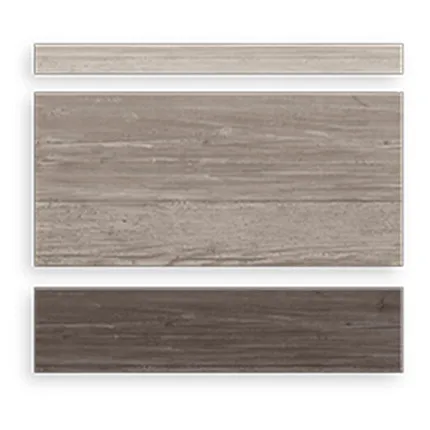
(barricade for construction)
FAQS on barricade for construction
Q: What is a Type 3 construction barricade used for?
A: Type 3 barricades are designed for high-visibility traffic control in construction zones. They feature reflective panels and sturdy frames to redirect vehicles safely. These comply with OSHA and MUTCD safety standards.
Q: How do barricade construction materials impact durability?
A: Steel and heavy-duty plastic barricades withstand harsh weather and impacts best. Lightweight plastic variants work for short-term projects. Material choice depends on traffic volume and project duration.
Q: Where should barricades for construction be placed?
A: Position them at least 50 feet before work areas on roads/pedestrian paths. Ensure visibility from all approach angles. Use multiple units in series for extended hazard zones.
Q: What distinguishes barricade construction for roadways vs sidewalks?
A: Roadway barricades require crash-resistant designs with reflective surfaces. Sidewalk versions prioritize pedestrian flow with lower profiles. Both must meet local regulatory height/weight specifications.
Q: Are there specific regulations for construction barricade colors?
A: Yes - OSHA mandates orange-and-white stripes for daytime visibility. Retroreflective white or yellow bands are required for nighttime use. Color patterns must follow federal/state traffic control guidelines.
Recommended Products
Latest News About CHENG CHUANG
-
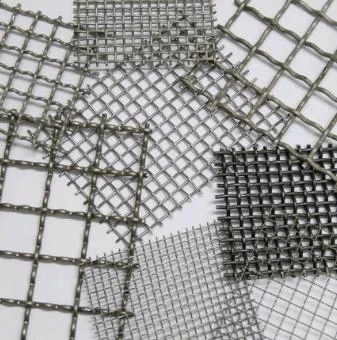 Wire mesh is durableWire mesh represents a cornerstone of modern industrial and agricultural solutions, offering unmatched versatility across countless applications.Read more >
Wire mesh is durableWire mesh represents a cornerstone of modern industrial and agricultural solutions, offering unmatched versatility across countless applications.Read more >Jul 11 2025
-
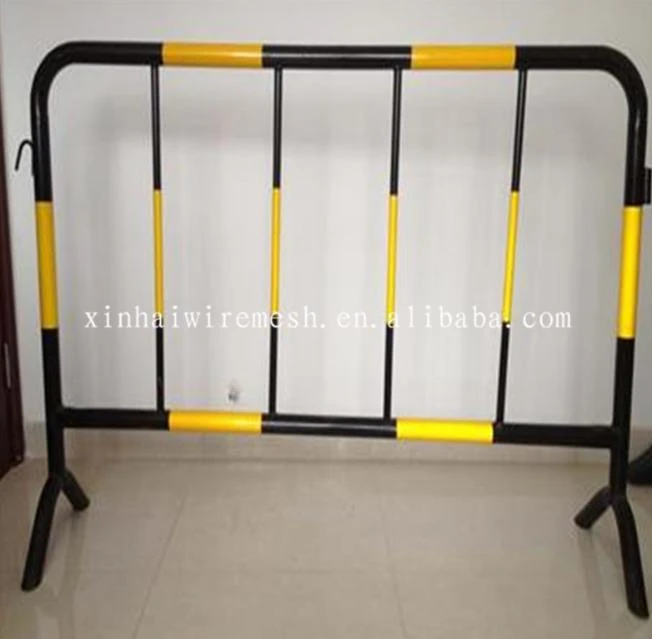 Safety barrier directs traffic flowIn high-risk environments, safety barrier systems stand as non-negotiable guardians against catastrophic incidents.Read more >
Safety barrier directs traffic flowIn high-risk environments, safety barrier systems stand as non-negotiable guardians against catastrophic incidents.Read more >Jul 11 2025
-
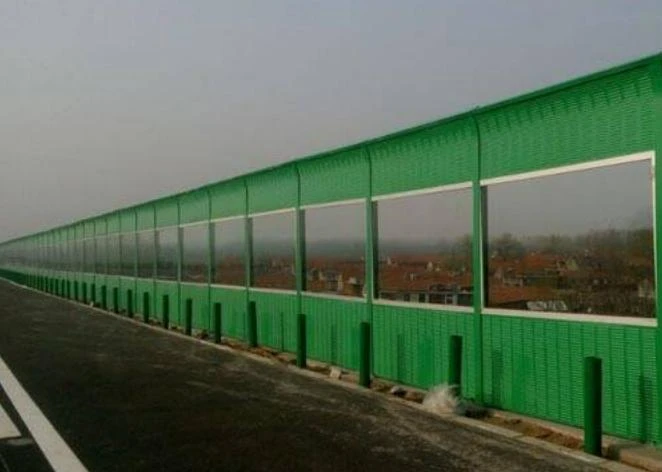 Modular Noise Barrier Eases InstallationUrbanization intensifies noise pollution, making noise barrier systems essential for preserving human health and tranquility.Read more >
Modular Noise Barrier Eases InstallationUrbanization intensifies noise pollution, making noise barrier systems essential for preserving human health and tranquility.Read more >Jul 11 2025
-
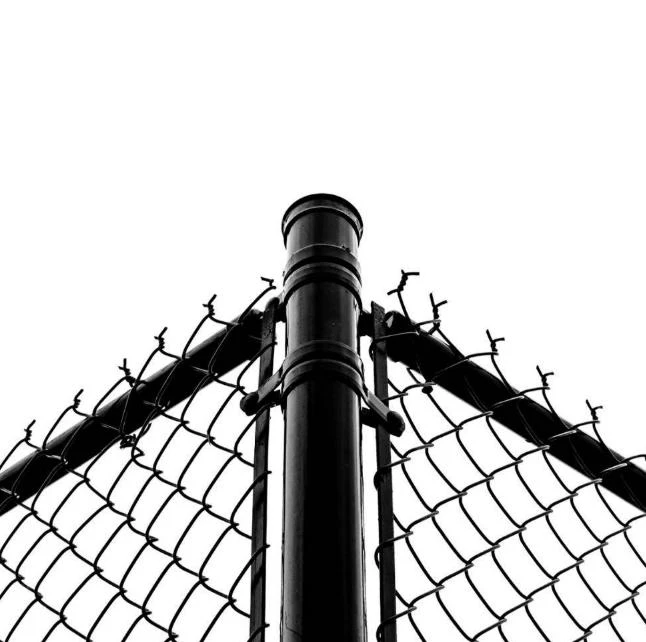 Metal fence types enhance securityMetal fence types form the backbone of modern perimeter security solutions worldwide.Read more >
Metal fence types enhance securityMetal fence types form the backbone of modern perimeter security solutions worldwide.Read more >Jul 11 2025
-
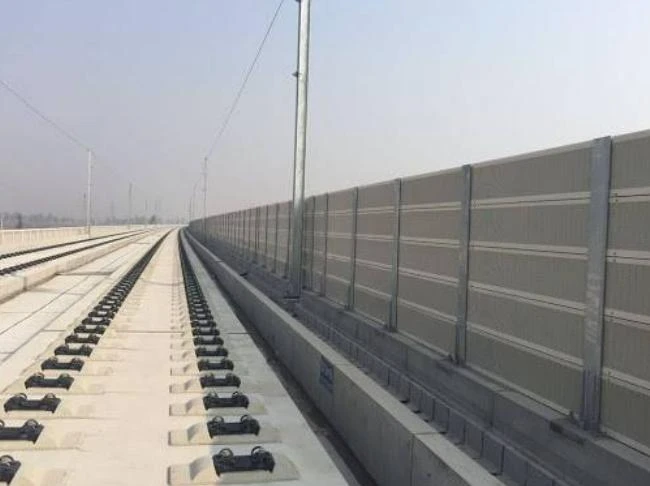 Crowd Control Barrier Manages Foot TrafficThe management of public gatherings demands precision, safety, and reliability, making crowd control barrier systems indispensable tools for organizers worldwide.Read more >
Crowd Control Barrier Manages Foot TrafficThe management of public gatherings demands precision, safety, and reliability, making crowd control barrier systems indispensable tools for organizers worldwide.Read more >Jul 11 2025
